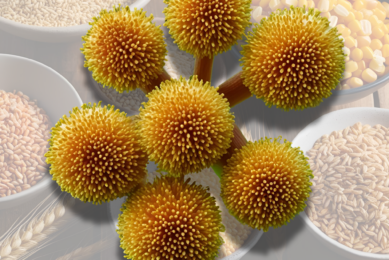Masked forms of mycotoxin in poultry feed
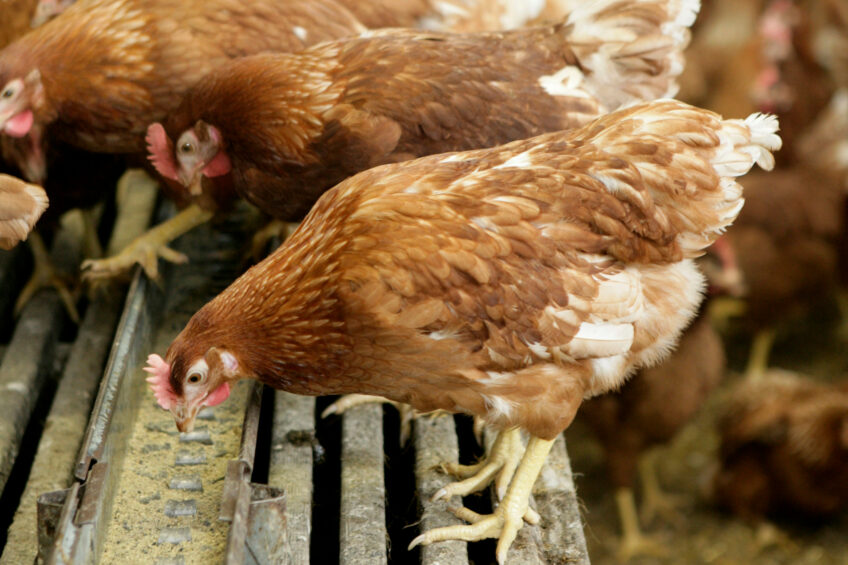
The presence of mycotoxins and their masked forms in poultry feed is a serious concern. This article discusses the impact of masked mycotoxins on poultry and mitigation strategies that can ensure the safety and well-being of poultry.
Masked or hidden mycotoxins are defined as biologically modified mycotoxins bound or conjugated with other components which present unique challenges to the poultry feed industry. Chemical modifications introduced by the plant’s metabolism affect mycotoxin structure, polarity, solubility and toxicity. This is why regular analytical methods used to detect mycotoxins may not accurately estimate the total amount of masked mycotoxins in contaminated feed.
Aflatoxin B1 and its masked forms
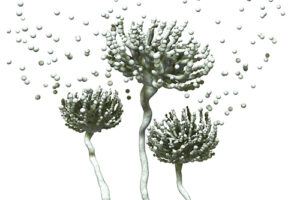
Aflatoxin B1 and its masked form, AFB1-exo-8, 9-epoxide, possess the highest level of toxicity and cause the most potent pathogenic impacts among all the variants. These toxins in poultry feed lead to impaired performance, weakened immune system, organ damage, reduced appetite, weight loss and an unsteady gait.
Furthermore, the masked form can be generated in the poultry gut from metabolic activation of aflatoxins. Aflatoxin B1 binds with DNA through its masked form and creates the predominant adduct responsible for DNA breakage.
In addition, the masked form of aflatoxin B1 impacts various phases of the cell cycle, affects rapidly dividing gut cells and inhibits protein synthesis by interacting with RNA. The masked form influences gut cell integrity, endogenous nutrient loss, nutrient digestion and absorption, and gut functions. Moreover, aflatoxin B1 and the masked form influence a range of genes, proteins and enzymes involved in cell cycle regulation and cause mutations. Additionally, the presence of aflatoxin B1 and its masked form in poultry diet leads to oxidative damage, impaired reproductive performance, heightened susceptibility to diseases, and the accumulation of mycotoxin in eggs and meat, fatigue, decreased feed efficiency and increased mortality.
Deoxynivalenol (DON) and its masked forms
Enzymatic conjugation with glucose or the process of DON deacetylation transforms DON into its masked forms. The masked DON poses a greater toxicity risk to broilers. Modified or conjugated forms of DON can revert to their free forms, thus contributing to the detrimental effects associated with mycotoxin exposure.
Although identifying masked forms in poultry feed is challenging using conventional methods. DON and its masked forms cause vomiting, refusal to consume feed, skin damage, haemorrhaging, a reduced immune response and an increased susceptibility to infectious diseases. In addition, poultry feed contaminated with DON and its masked forms impair feed conversion ratio and production performance, and cause gut leakage.
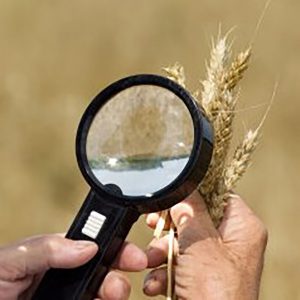
Ochratoxin and its masked forms
Ochratoxins are highly dangerous mycotoxins that pose a significant threat to the health and well-being of poultry. The ochratoxin family has many subtypes and masked forms that are carcinogenic, nephrotoxic, teratogenic, immunotoxic and mutagenic. Ochratoxin and its masked forms in poultry feed have adverse effects on the productive performance and quality of eggs and meat and may cause organ damage, as well.
Research has shown that ochratoxins toxicity can have deleterious effects on the gut tract of birds, leading to impaired nutrient absorption, and body weight loss. Ochratoxin and its masked forms trigger the generation of reactive oxygen species, leading to oxidative stress in the kidneys and a decrease in antioxidant capacity.
Another important impact of masked forms of ochratoxin is their ability to compromise the integrity of the gut barrier, thus increasing gut permeability. Subsequently, pathogenic bacteria move from the gut lumen to the internal environment, posing potential harm to birds. Furthermore, masked forms of ochratoxin reduce the production of anti-inflammatory factors and IgA in the jejunum.
Fumonisin and its masked forms
Fumonisin converts into its masked form, hydrolyzed fumonisin B1 (HFB1), within the gut and causes detrimental effects even at low levels of contamination. Fumonisin and its masked forms target liver, kidneys and gut. They cause morphological changes in the gut, reduce villus height, enterocyte viability and proliferation, and lead to the production of pro-inflammatory cytokines, thus reducing appetite in broilers. Furthermore, these toxins disrupt gut barrier function and enhance poultry vulnerability to enteric infectious diseases such as coccidiosis and necrotic enteritis.
Zearalenone and its masked forms
Zearalenone along with its masked forms such as α-zearalenol-Sulfate, α-zearalenol, α-zearalenol glucoside, β-zearalenol, and β-zearalenol-glucoside contribute to a hyperoestrogenic state, thus leading to reproductive issues in poultry. Furthermore, residues of zearalenone and its masked forms can be found in various tissues and excreta, including blood, liver, kidney, muscle and gut. However, poultry is more tolerant to zearalenone and its masked forms due to a lower absorption rate and rapid elimination of metabolites compared to pigs.
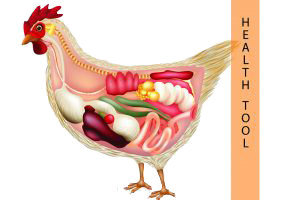
Mitigating masked forms of mycotoxins in poultry diets
Implementing precise quality control measures during production and ingredient storage process mitigate mycotoxins in poultry feed. In addition, using proper post-harvest practices and sorting and cleaning contaminated grains limit fungal growth and mycotoxin production. Another strategy is to use feed additives including adsorbents, enzymes, probiotics, prebiotics, antioxidants and mycotoxin binders to decrease mycotoxin levels in poultry feed.
Factors such as initial levels of contamination, the degree of inactivation achieved, regular implementation, safety precautions and costs determine the effectiveness of mycotoxin mitigation strategies. Adsorbent materials such as activated carbon, clay minerals and yeast cell walls bind and immobilize masked mycotoxins, thus preventing their absorption in the digestive tract. Adding enzymes such as β-glucanase, xylanase, and cellulase to poultry feed break down complex mycotoxin structures and convert masked mycotoxins into more detectable forms, thus reducing their toxic effects. Including probiotics and prebiotics in poultry feed reduces the bioavailability and adverse effects of masked mycotoxins and improves gut microbiota and gut health. Antioxidants such as vitamins C and E, selenium, and natural plant extracts delay or inhibit feed oxidation and mitigate negative effects of masked mycotoxins on poultry health and performance. In addition, incorporating mycotoxin binders including modified clays into the feed absorbs various masked mycotoxins and decreases their absorption and toxicity.






